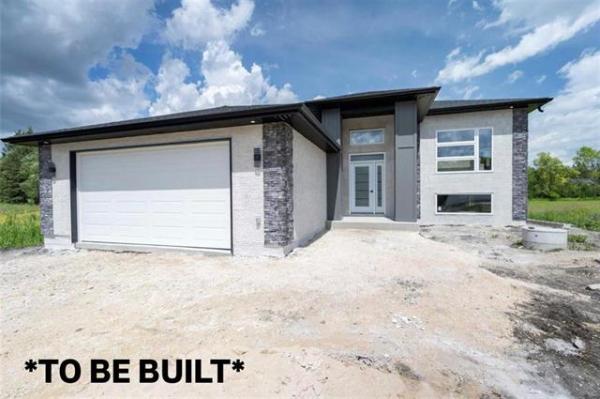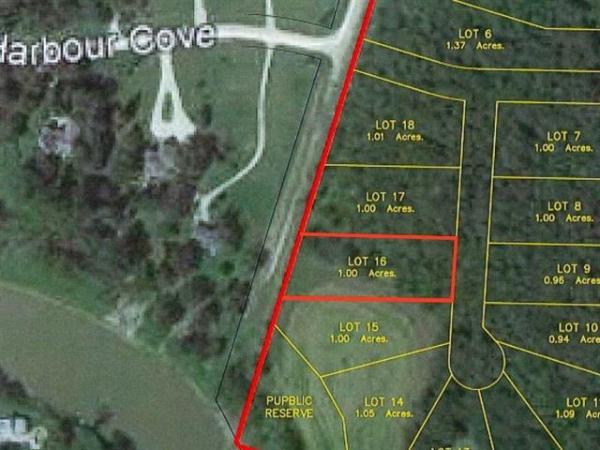Question: I wanted to know what can be done in terms of landscaping on the side of my house, where I have a sump pump discharge line that is about four feet above ground level. Our house is a raised bungalow and I don’t know what the best way to divert the water is. Our yard needs to be built up on that side of the house, because sometimes we get water seepage in the basement.
Do you recommend adding pvc piping and draining the water towards the front of the house? Would you recommend an ice guard by Blue Maxx? —Thanks, Derek
Answer: Dealing with a sump pump discharge pipe in an area with poor drainage can definitely lead to basement leakage and damage. Extending the length of the flexible discharge hose, and frequently moving it around your yard, should prevent most serious issues related to the sump discharge.
One of the most common complaints from homeowners in new areas is how to prevent excessive ponding beside the foundation from the sump pump discharge pipe. If this area is not well graded into a sloped swale, it can be a big problem. The soil in this area can easily become saturated after a good rain, or during the recent spring thaw. If this is neglected, I am not surprised that some periodic seepage is seen in your basement. While this may be a tricky concern in the shoulder seasons, minimizing this problem can be quite easy other times of the year.
You are absolutely correct that bringing in additional soil to improve the grading away from your foundation is the right way to go, but that is not all that is required. It does make sense to damp-proof, or install a waterproofing membrane on the portion of your foundation that will be covered with newly purchased soil. Once the regrading is done, grass seed or sod should be put down to help prevent erosion and hold the new earth together.
The next key to preventing a wet basement may seem overly simple, but installation and frequent movement of an extended, flexible sump pump extension hose may be all that is required. Depending on the location of the discharge hose and other items in your yard, this still may be fairly close to the house. If the grading has eroded and settled, or the hose or downspouts dump near the foundation, excessive water ponding will occur. If too much water sits too close to the house, it will inevitably find its way to the foundation walls.
Buying one or two extra lengths of the inexpensive sump pump hoses, and connecting them all together, should allow two critical items to be addressed. Firstly, the extra length should allow the hoses to be extended into an area of better grading in the front or backyard. Secondly, it will allow the hose to be easily relocated at any time. This is most critical during heavy rainstorms, when even a well-drained yard may have several areas that accumulate large puddles.
The most difficult time to address this issue is often in late fall, when there may be below zero temperatures, but the sump pump still regularly empties outside the foundation. Installing the flexible hose may not be a wise idea, so other temporary arrangements need to made, until the ground freezes enough to stop the discharge. This can be done using a much larger diameter hose or pipe, loosely attached to the discharge pipe sticking through the wall, to prevent freezing.
Preventing a wet basement and area adjacent to your foundation from the sump pump discharge pipe need not be a recurring dilemma, as long as you connect a long enough, flexible hose and regularly move it to different areas of your yard to prevent excessive ponding near the foundation.
Ari Marantz is the owner of Trained Eye Home Inspection Ltd. and the past president of the Canadian Association of Home & Property Inspectors — Manitoba (cahpi.mb.ca). Questions can be emailed to the address below. Ari can be reached at 204-291-5358 or check out his website at trainedeye.ca.
trainedeye@iname.com



